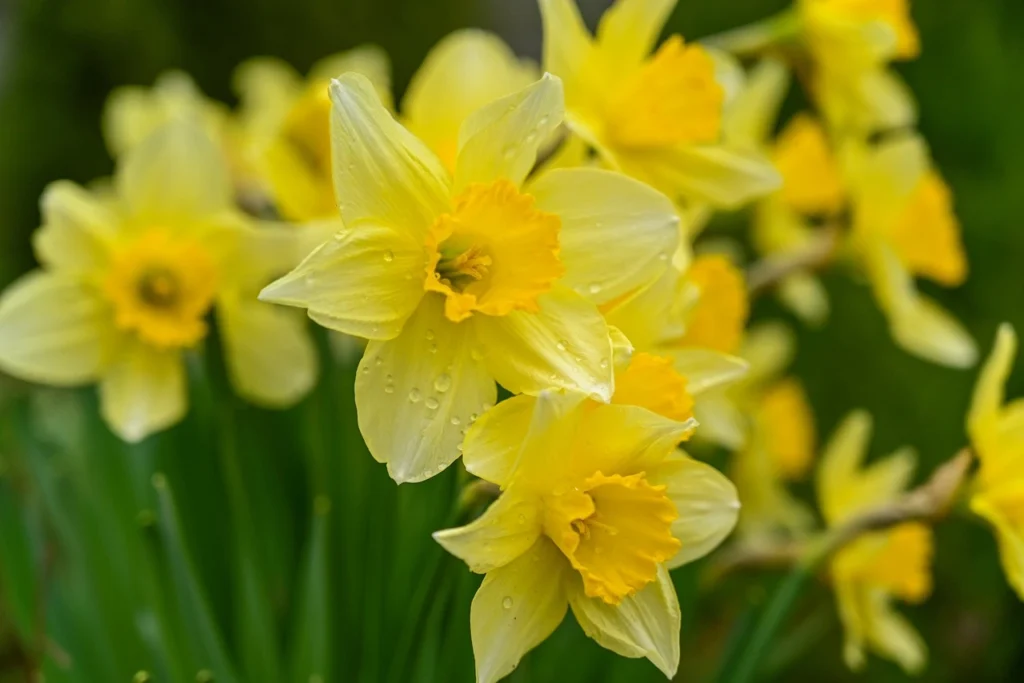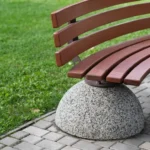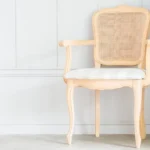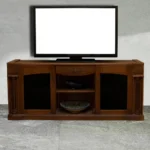When it comes to creating a stunning garden or adding a pop of color to your floral arrangements, purple and yellow flowers provide a perfect blend of contrast and harmony. Their striking combination can transform any outdoor or indoor space into a vibrant tapestry of nature’s beauty. Here, we’ll explore the allure of these colorful flowers, offer suggestions for popular species, and provide tips on how to grow and care for them. Whether you’re a gardening enthusiast or just starting out, you’ll find helpful insights to make the most of this radiant pairing.
Why Choose Purple and Yellow Flowers?
The combination of purple and yellow flowers offers a visual appeal like no other. Purple, often associated with elegance, mystery, and royalty, pairs beautifully with yellow, a color symbolizing happiness, energy, and positivity. When placed together, these two contrasting hues create a dynamic effect that attracts attention and lifts the mood of any space.
But beyond their aesthetic qualities, purple and yellow flowers are popular for their diversity. From annuals to perennials, and from delicate blossoms to bold blooms, there’s a wide variety to choose from. Additionally, the mix of purple and yellow flowers can complement various garden designs, including cottage gardens, modern landscapes, and even container gardening.
Popular Purple and Yellow Flowers for Your Garden
Here are some standout purple and yellow flowers that you can easily incorporate into your garden:
Purple Coneflower (Echinacea purpurea) & Black-eyed Susan (Rudbeckia hirta)
This classic pairing is a favorite among gardeners. Purple coneflowers are tall, striking flowers with purple petals surrounding a spiky orange center. Black-eyed Susans, on the other hand, offer bright yellow petals with a dark brown center, creating a beautiful contrast. Both are hardy perennials, making them an excellent long-term addition to your garden.
Lavender (Lavandula) and Sunflowers (Helianthus)
If you want to create a rustic, yet vibrant garden, lavender and sunflowers make for a stunning duo. Lavender’s soft purple hues and fragrant blooms contrast beautifully with the towering, sun-loving yellow sunflowers. This combination not only adds a splash of color but also creates a sensory experience with lavender’s soothing scent.
Iris and Daffodils
Another timeless pairing is the purple iris combined with yellow daffodils. Irises offer intricate, frilly petals in deep shades of purple, while daffodils bring bright yellow, trumpet-shaped blooms. Together, they create a striking spring display in any garden bed.
Pansies (Viola tricolor)
Pansies come in a variety of colors, but the purple and yellow varieties are particularly popular. These cool-season annuals are ideal for bringing color to your garden in early spring or autumn. Pansies are also easy to grow, making them a great choice for beginners.
Salvia and Coreopsis
For a low-maintenance yet vibrant combination, consider planting purple salvia alongside yellow coreopsis. Salvias are known for their spiky purple flowers that attract pollinators like bees and butterflies. Coreopsis, on the other hand, produces masses of bright yellow, daisy-like flowers. Together, they create a lively, pollinator-friendly garden.

How to Design Your Garden with Purple & Yellow Flowers?
When creating a garden featuring purple and yellow flowers, it’s important to take into account elements such as spacing, bloom timing, and texture. Here are some tips for creating a balanced and beautiful garden:
Consider Bloom Time
Select flowers that bloom at different times throughout the year to ensure continuous color in your garden. For instance, plant early bloomers like daffodils alongside late bloomers such as lavender to enjoy the color combination for longer.
Play with Heights and Textures
Mixing different heights and textures adds depth to your garden. For example, pair tall sunflowers with shorter, bushy coreopsis to create visual interest. Additionally, mixing delicate flowers like lavender with bolder blooms like black-eyed Susans can enhance the overall look.
Plant in Groups
To create impact, plant in clusters rather than scattering flowers individually. Grouping purple and yellow flowers together in small patches can create a more cohesive and striking appearance.
Use Containers for Flexibility
If you don’t have much garden space, use containers to create a portable and flexible display of purple and yellow flowers. This method also allows you to experiment with different flower combinations and move them around as needed.
Caring for Purple and Yellow Flowers
Proper care ensures your purple and yellow flowers thrive and maintain their vibrant colors throughout the growing season. Here are some general tips for keeping your flowers healthy and beautiful:
Watering
Different flowers have different watering needs, but in general, most purple and yellow flowers prefer well-drained soil. Ensure that your garden is not waterlogged, as this can lead to root rot. Water thoroughly but less often to promote deep root development.
Sunlight
Most purple and yellow flowers thrive in full sun, meaning they require at least six hours of direct sunlight each day. Flowers such as sunflowers and coreopsis thrive in sunny conditions. However, if you’re growing shade-tolerant varieties like pansies, make sure to provide partial shade during the hottest parts of the day.
Fertilizing
Applying a balanced fertilizer can help your flowers bloom profusely. Consider using an organic fertilizer or compost to provide your plants with the nutrients they need to stay healthy. Steer clear of over-fertilizing, as it may cause an abundance of leaf growth instead of promoting flowers.
Deadheading
To encourage continuous blooming, make sure to remove spent flowers, a practice known as deadheading. This directs the plant’s energy into producing more blooms rather than seed production.
Pest Control
Common pests like aphids, slugs, and caterpillars may pose a threat to your purple and yellow flowers. To manage pests naturally, encourage beneficial insects like ladybugs or use organic pest control solutions like neem oil. Regularly check your plants for signs of infestation and take action promptly.
Indoor Arrangements with Purple and Yellow Flowers
In addition to outdoor gardens, purple and yellow flowers make excellent choices for indoor floral arrangements. Their contrasting colors bring energy and warmth to any room. For indoor arrangements, consider combining flowers with different textures, such as pairing the spiky lavender with the bold sunflowers or the delicate pansies with the dramatic purple irises.
Use a vase that complements the vibrant colors of the flowers, and make sure to change the water regularly to keep them fresh for as long as possible.
Conclusion
Whether you’re looking to create a striking garden display or a cheerful indoor arrangement, the combination of purple and yellow flowers offers endless possibilities. With a wide variety of species to choose from, you can create a unique and eye-catching display that adds beauty and joy to any space. By following the tips in this guide, you’ll be well on your way to growing and caring for these vibrant flowers, ensuring they thrive for seasons to come.









